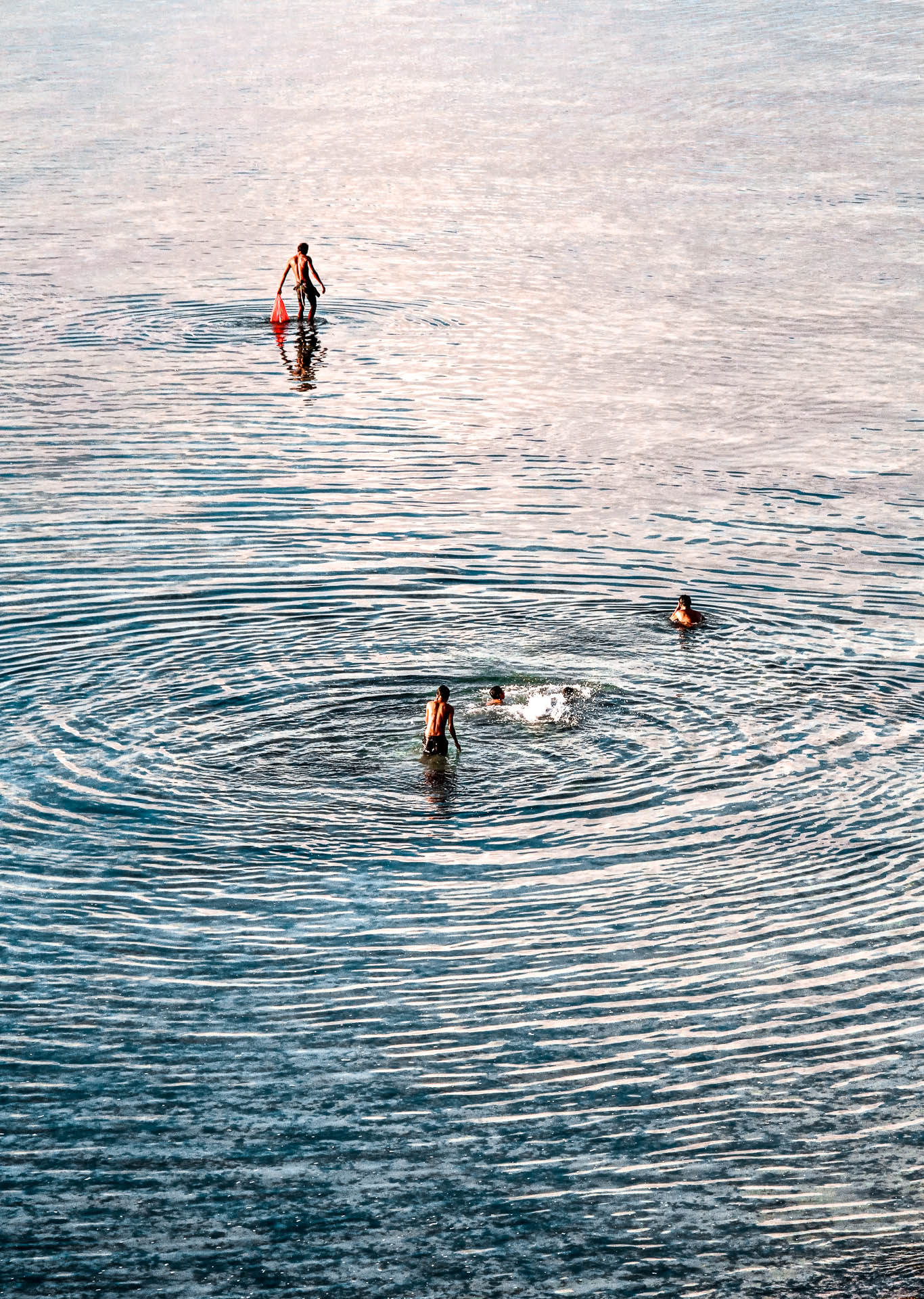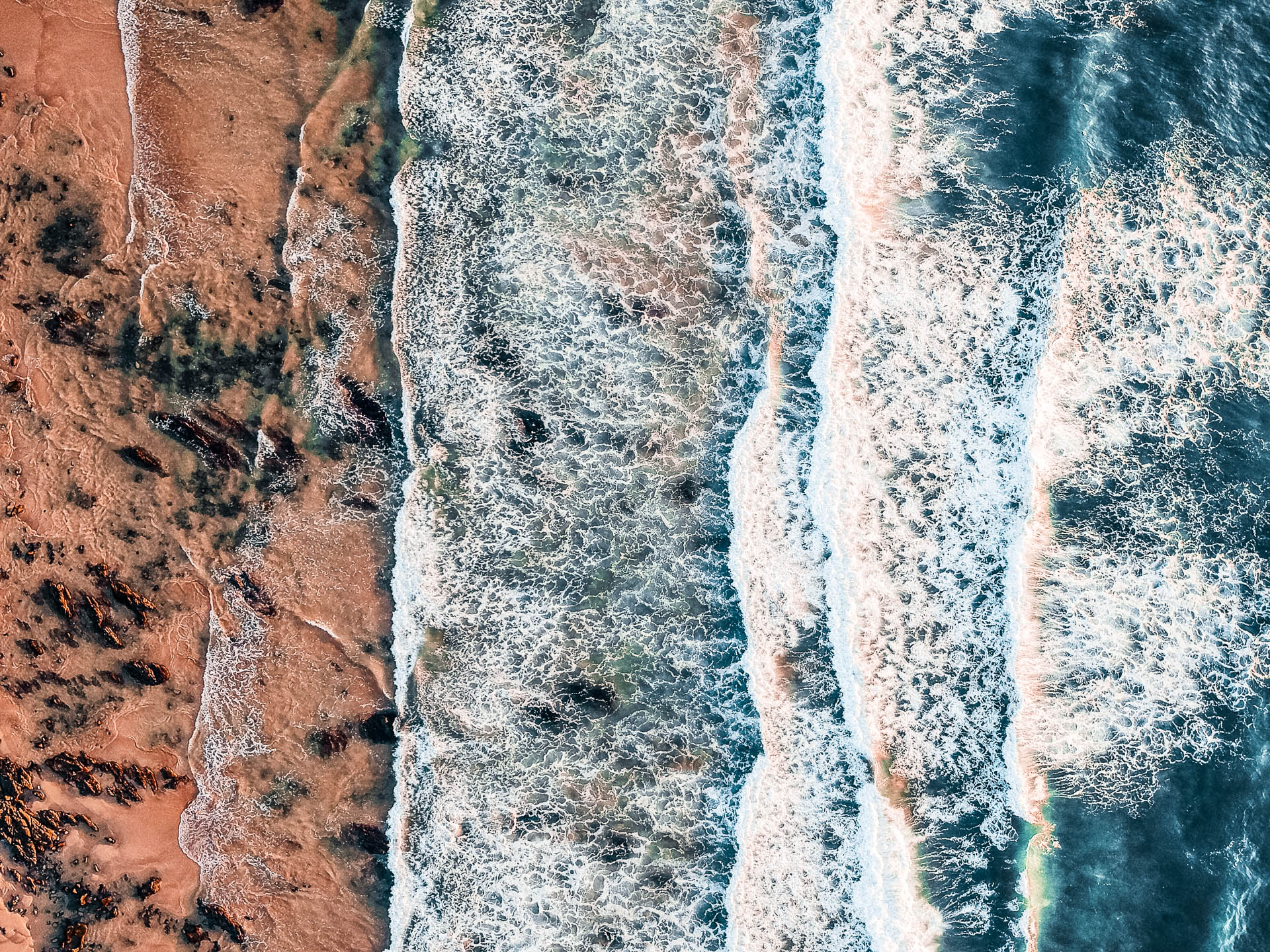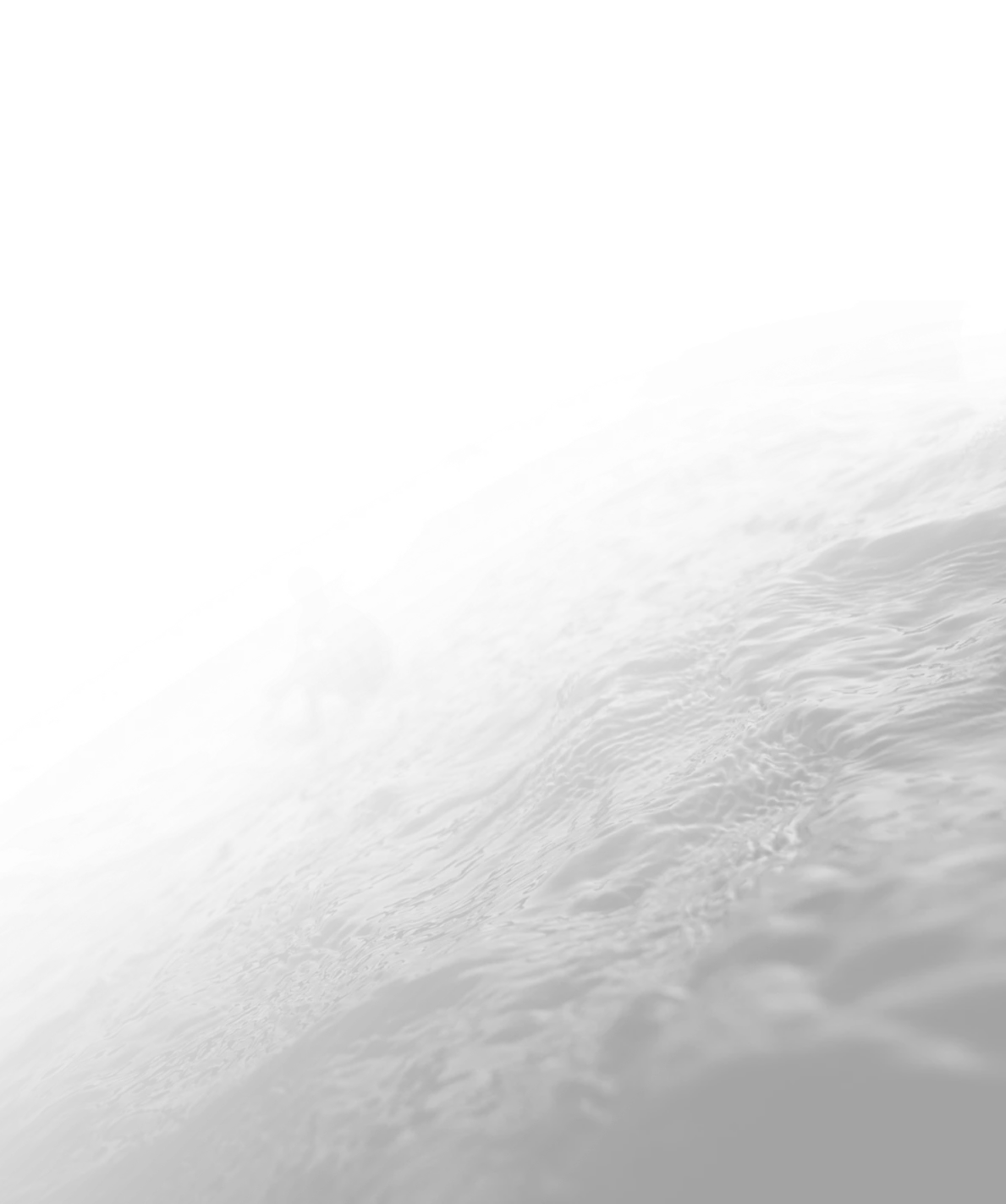Nias, an island located off the western coast of Sumatra, is known as one of the most important surfing destinations in Indonesia. With its picturesque beaches, crystal clear waters, and world-class waves, it has become a mecca for surfers from around the globe. The island offers a variety of breaks catering to all skill levels, from beginner-friendly beach breaks to powerful reef breaks for the more experienced surfers.
Surfing in Indonesia has gained immense popularity over the years, and Nias has played a significant role in this. The island is home to some of the best surf camps in Indonesia, offering visitors the opportunity to immerse themselves in the surf culture and experience the waves first-hand. These surf camps provide a range of amenities, including accommodation, surfboard rentals, lessons, and guided surf tours, making it an ideal destination for surf enthusiasts looking to improve their skills or simply enjoy the waves.
While Nias is a prime spot for surfing in Indonesia, the country also offers other world-renowned surfing destinations, such as Bali. Surf camps in Bali attract surfers of all levels, offering an array of breaks, vibrant nightlife, and a unique cultural experience. Whether it’s the legendary waves of Nias or the bustling surf scene in Bali, Indonesia continues to be a top choice for surfers seeking the ultimate wave-riding adventure.
Dry Season in Nias – Best Time For Surfing
Nias experiences a dry season from May to September, characterized by hot and sunny weather with very little to no rainfall. During this time, the temperature ranges from 28°C to 32°C, making it ideal for outdoor activities such as surfing, snorkelling, and diving. The dry season also coincides with popular surfing events and competitions, attracting surfers from around the world to test their skills on Nias’ famous waves.
The dry season in Nias has a significant impact on surfing conditions, with consistent swells and offshore winds creating perfect waves for surfing. Travelers visiting Nias during this period can take advantage of the ideal surfing conditions, but should be aware of the crowds that come with it. It’s recommended to book accommodations and surf excursions in advance to secure the best experience.
Unique features of Nias that make the dry season particularly appealing include the cultural festivals and traditional ceremonies that take place during this time. Travelers can witness captivating performances of traditional dance, music, and sport, immersing themselves in the rich cultural heritage of the island.
Overall, the dry season in Nias offers an excellent opportunity for outdoor activities, especially surfing, and provides a glimpse into the island’s vibrant culture, making it a must-visit destination for travellers seeking adventure and cultural immersion.
Shallow Reefs in Nias
Nias Island is home to some of the best surfing spots with shallow reefs, offering excellent breaks for surfers. Lagundri Bay is famous for its machine-like barrels, providing challenging waves for experienced surfers. The 2005 earthquake increased the hollowness and difficulty level of the already intense waves in this area. The shallow reefs create powerful and hollow breaks, making it an exhilarating spot for surfers looking for a challenge.
Another popular spot is 8-frame, known for its fast and powerful waves that break over shallow reefs. Rockstar offers long and hollow waves, perfect for tube rides, while Sobatu provides world-class right-hand barrels over the shallow reef. Walo Hiu is also a must-visit for surfers seeking shallow reef breaks with intense and hollow waves.
Accessibility to these spots may require a bit of travel, but the unique characteristics of each make it well worth the effort. Surfers can expect to navigate challenging waves breaking over shallow reefs, making Nias Island a top destination for experienced surfers seeking an adrenaline-pumping experience.
Surf Breaks in Nias
Nias, a popular surfing destination, is known for its numerous surf breaks. Sorake Break is a world-renowned, long, perfect left-hand barrel that is accessible by boat and suitable for intermediate to advanced surfers. The Machine is a fast, powerful, and hollow wave that breaks over shallow reef, recommended for experienced surfers with good wave knowledge. Indicator offers consistent waves, ideal for all levels of surfers, and is accessible by boat or a short hike. 8-Frame is a right-hand reef break that is best surfed at low tide, only suitable for experienced surfers due to the shallow reef.
Rockstar is a left-hand reef break with long walls and fast sections, requiring a boat to access and suitable for intermediate to advanced surfers. Sobatu is a powerful, hollow left-hand barrel that offers epic waves for experienced surfers and is accessible by boat. Lastly, Walo Hiu is a left-hand reef break with long, perfect barrels, accessible by boat and recommended for intermediate to advanced surfers. When surfing at these breaks, it is important to respect the locals, as well as the reef and the ocean environment.
The key features of these spots are their powerful waves, beautiful scenery, and uncrowded lineup. The difficulty levels vary from intermediate to advanced, offering something for everyone. After a day of surfing, visitors can relax at one of the many surf camps in Bali, located just a short trip away.
Lagundri Bay, located on the island of Nias in Indonesia, is renowned for its top surf spots. The Point, Kiddies Corner, and Lagundri Beach offer a variety of waves for surfers of all levels. The Point is famous for its powerful and hollow barrels, while Kiddies Corner offers more forgiving waves suitable for beginners. Lagundri Beach, on the other hand, provides a long and peeling right-hand wave, perfect for intermediate to advanced surfers.
The 2005 earthquake in Nias significantly improved the wave quality at Lagundri Bay, creating a bigger and more consistent wave that has attracted surfers from all over the world.
To access Lagundri Bay from Medan in Sumatra, travellers can take a domestic flight to Binaka Airport in Nias and then drive to the bay. From Bali, surfers can take a short domestic flight to Nias or take a ferry and then drive to the bay.
For those looking to experience the epic waves at Lagundri Bay, there are also surf camps available in Bali that offer packages and transportation to the bay for a hassle-free surfing experience. With its world-class waves and stunning natural beauty, Lagundri Bay remains a must-visit destination for surf enthusiasts.
What to pack for a surfing trip to Nias?
When surfing in Nias, it’s important to consider the year-round surfing conditions and the potential for high waves between May and September. Additionally, the fact that the bay is unaffected by winds and tides plays a crucial role in choosing the appropriate attire.
Since the surfing conditions are consistent throughout the year and the bay is sheltered from winds and tides, surfers can opt for comfortable and lightweight attire. A rash guard or surf shirt paired with board shorts or a swimsuit is suitable for most days. However, during the high wave season between May and September, it is advisable to wear a wetsuit to provide extra warmth and protection from the powerful waves.
How to get to Nias Islands?
Nias Island, located off the coast of Sumatra, is a popular surfing destination with a variety of breaks catering to surfers of all levels. To get to Nias, the most reliable and convenient options are to fly into Binaka Airport in Gunungsitoli or to take a ferry from Sibolga on the mainland.
Once on the island, accessing the different surfing spots can be a bit challenging due to limited road infrastructure. Most surfers opt to hire a local guide or driver with a 4×4 vehicle to reach the breaks, as some spots can be quite remote and require off-road travel. The main surfing spots on Nias Island include Sorake Beach, Lagundri Bay, and Telo Islands, each offering different challenges and experiences for surfers.
For boat access to some of the breaks, it’s important to arrange transportation in advance, as boats can be limited and the conditions at sea can be unpredictable. Once at the breaks, surfers should be mindful of the strong currents and shallow reefs that can make certain spots challenging and potentially dangerous.
Top Tips For Surfing Safely in Nias
Here are some tips for surfing in Nias for levels of surfers :
- Always check the local surf forecast and conditions before heading out, as Nias Island is known for its powerful waves and changing tides. Familiarize yourself with the break and currents, and consider joining a surf camp in Bali to get local tips and guidance.
- Beginners should stick to the calmer, more forgiving waves in the area, such as Lagundri Bay, while experienced surfers can challenge themselves with the famous Nias Point break – but always respect the power of the ocean.
- Wear appropriate safety gear, including a leash, a well-fitted wetsuit, and reef booties to protect against the sharp coral reef.
- Be mindful of potential hazards like sharp rocks and shallow reefs, especially during low tide. Always enter and exit the water cautiously.
- Always surf with a buddy or in the vicinity of other surfers, and be aware of the nearest emergency services in case of an accident.
- Lastly, stay informed about the local rules and etiquette. Respect the local surf community and be mindful of the environment by not littering or disrupting the natural habitat. Enjoy the waves, but always prioritize safety.
Furthermore, it’s essential to wear sun protection such as a hat, sunglasses, and eco-friendly sunscreen, as the tropical sun can be intense. In conclusion, the ideal attire for surfing in Nias includes a rash guard, board shorts or a swimsuit, and a wetsuit for high wave season, along with sun protection gear to ensure a safe and enjoyable surfing experience on Nias Island.
Embark on the ultimate surfing adventure in Indonesia with Rapture Surfcamps in Bali!
Explore the best surfing spots in Indonesia and experience the thrill of the waves at Bali. Make Rapture Surfcamps Bali your surfing haven – where the perfect wave meets unmatched hospitality. Book your surf escape today and ride the excitement of surf camps in Indonesia. Don’t miss out on the ultimate Bali surf experience!
Hear Why Our Guests Love Us
FAQs
Nias is renowned for its world-class waves, particularly the iconic break at Sorake Bay. Surfers are drawn to the consistent swell, powerful waves, and the incredible natural beauty of the island.
The best time to surf in Nias is during the dry season, from May to September, when the waves are at their peak. However, it’s advisable to check local surf reports for real-time conditions.
Nias offers waves suitable for all skill levels, from beginners to advanced surfers. Beginners can find milder breaks, while more experienced surfers can challenge themselves with the larger, more powerful waves.
Yes, surfboard rentals are readily available in Nias. Many surf camps and local shops offer a variety of boards, catering to different skill levels and preferences.
Absolutely! Nias has surf schools and camps that provide lessons for beginners. Professional instructors offer guidance and safety tips, ensuring a positive and enjoyable learning experience. And if you are looking for surf camps elsewhere in Indonesia, you can check out surf schools in Bali like Rapture Surfcamps.
Yes, Nias offers a variety of activities, including exploring traditional villages, hiking, and discovering cultural attractions. The island’s rich history and friendly locals make it a well-rounded destination beyond just surfing.
Surfers should be mindful of reef breaks, wear appropriate protective gear, and pay attention to local guidelines. It’s advisable to check weather conditions and surf reports regularly and, if needed, seek advice from local surf experts.


